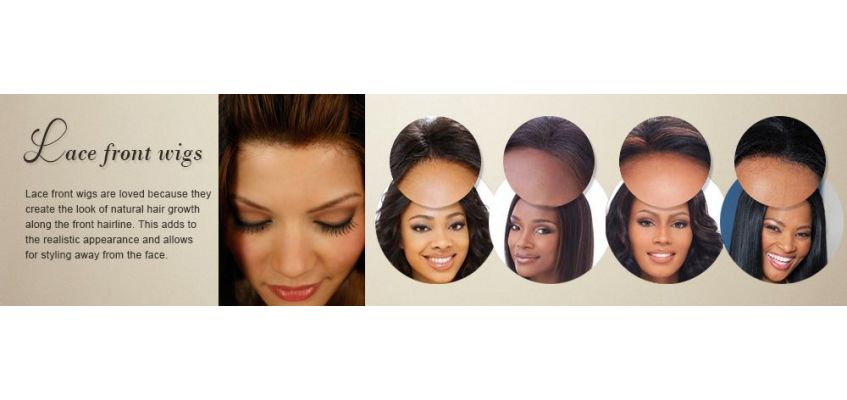In the 18th century, men’s wigs were powdered in order to give them their distinctive white or off-white color. Contrary to popular belief, women in the 18th century did not wear wigs, but wore a coiffure supplemented by artificial hair or hair from other sources. Women mainly powdered their hair grey, or blue-ish grey, and from the 1770s onwards never bright white like men. Wig powder was made from finely ground starch that was scented with orange flower, lavender, or orris root. Wig powder was occasionally colored violet, blue, pink or yellow, but was most often used as off-white. Powdered wigs (men) and powdered natural hair with supplemental hairpieces (women) became an essential for full dress occasions and continued in use until almost the end of the 18th century. The elaborate form of wigs worn at the coronation of George III in 1761 was lampooned by William Hogarth in his engraving Five Orders of Periwigs. Powdering wigs and extensions was messy and inconvenient, and the development of the naturally white or off-white powderless wig (made of horsehair) for men is no doubt what has made the retention of wigs in everyday court dress a practical possibility.

By the 1780s, young men were setting a fashion trend by lightly powdering their natural hair, as women had already done from the 1770s onwards. After 1790, both wigs and powder were reserved for older, more conservative men, and were in use by ladies being presented at court. After 1790 English women seldom powdered their hair. In 1795, the British government levied a tax on hair powder of one guinea per year. This tax effectively caused the demise of both the fashion for wigs and powder. Granville Leveson-Gower, in Paris during the winter of 1796, noted “The word citoyen seemed but very little in use, and hair powder being very common, the appearance of the people was less democratic than in England.”[2] Marie Antoinette wearing the distinctive pouf style coiffure: her own natural hair is extended on the top with an artificial hairpiece. Among women in the French court of Versailles in the mid-to-late 18th century, large, elaborate and often themed wigs (such as the stereotypical “boat poufs”) were in vogue for women. These combed-up hair extensions were often very heavy, weighted down with pomades, powders, and other ornamentation. In the late 18th century these coiffures (along with many other indulgences in court life) became symbolic of the decadence of the French nobility, which helped to fuel the French Revolution[citation needed] (although its influence is exaggerated).

During the 18th century, men’s wigs became smaller and more formal with several professions adopting them as part of their official costumes. This tradition survives in a few legal systems. They are routinely worn in various countries of the Commonwealth. Until 1823, bishops of the Church of England and Church of Ireland wore ceremonial wigs. The wigs worn by barristers are in the style favoured in the late eighteenth century. Judges’ wigs, in everyday use as court dress, are short like barristers’ wigs (although in a slightly different style), but for ceremonial occasions judges and also senior barristers (QCs) wear full-bottomed wigs. Sources: WIKI Further Reading: human lace front wigs